As temperatures drop, many of us are worried about paying our energy bills this winter – and the effects on our health if we turn down the dials.
Maybe you’ve been layering up inside, or relying on hot water bottles. Or maybe you’ve bitten the bullet and decided to turn the heating on anyway.
Keeping mould out of the house is a must for health. But what is the most cost-effective way of doing that?
And, if you need to keep your heating on this winter, what’s the cheapest way to do so?
We’re answering all your questions.
Is it cheaper to blast heating on high for a short time, or low and slow?
According to experts, you should only use your heating when you need it.
If you have the heating on a low temperature all the time, this uses more energy, and therefore costs more.
If you can, put your heating on a timer so it comes on when you need it most, such as just before you get out of bed, or later in the evening.
When you have your heating on all the time, your heating system will use energy on an ongoing basis to maintain the inside temperature.
This means you will need more energy to maintain the inside temperature, so the cost of leaving your heating on all the time will be especially expensive.
Is a small electric heater cheaper than central heating?
A portable electric heater is a quick and easy way to heat a cold room. But experts believe using a portable heater could cost twice as much as using central heating.
It can cost as much as £1.12 to run an average 2kW electric heater for two hours, compared with 4.65p an hour for gas central heating, 16p per hour for electric central heating.
However, it could be the cheaper option if you’re only trying to warm up one room, such as a small bedroom or office.
It really just depends how much of your home you want to heat. Overall, for heating the same space, an electric heater costs twice as much as central heating.
How can I get rid of mould cheaply?
Damp and mould in homes makes us more likely to suffer from respiratory illnesses, infections, allergies or asthma and can also affect the immune system.
Prevention is better than cure. So remember to close the door of the room you’re in if you’ve cooked or showered there, to prevent condensation moving to other rooms.
Investing in a dehumidifier or moisture absorber, to minimise the amount of condensation in your home, will help.
If you’ve tried mould sprays and bleaches, do not despair, as there are other things you can do to get rid of it.
If you own your home or have permission from your landlord, you could invest in some anti-mould paint and give your most affected rooms a fresh coat.
These can be bought on Amazon for less than £20. Or, buy the Dryzone Anti-Mould Additive for £10.24. Add it to any paint you already have to make it mould-resistant.
Anti-mould paint usually lasts five to six years before needing to be repainted.
Is it cheaper to boil water in the kettle or microwave?
This week, MoneySavingExpert (MSE) conducted an experiment to find out whether it was cheaper to boil water in the kettle or microwave.
So if you’ve been boiling the kettle for cups of tea or hot water bottles recently, read on.
Based on the energy price guarantee rate of 34p/kWh, their investigation found it costs 1.7p to boil water in the kettle and took one minute.
It cost 1.59p to boil it in the microwave, taking two minutes and 30 seconds.
So, it’s slightly cheaper to boil it in the microwave.
However, MSE say boiling water in a microwave can be dangerous. You could overheat the water past boiling point and cause it to explode.
However, a kettle is designed to switch off once it reaches boiling point.
Due to the minimal savings, it is recommended to continue using the kettle. However, you can save money by only boiling what you need and avoid overfilling to save money.
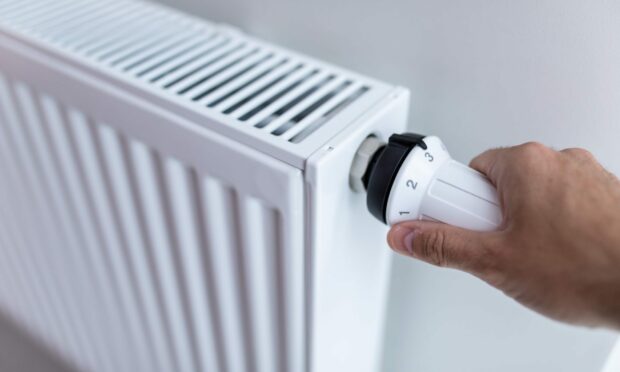
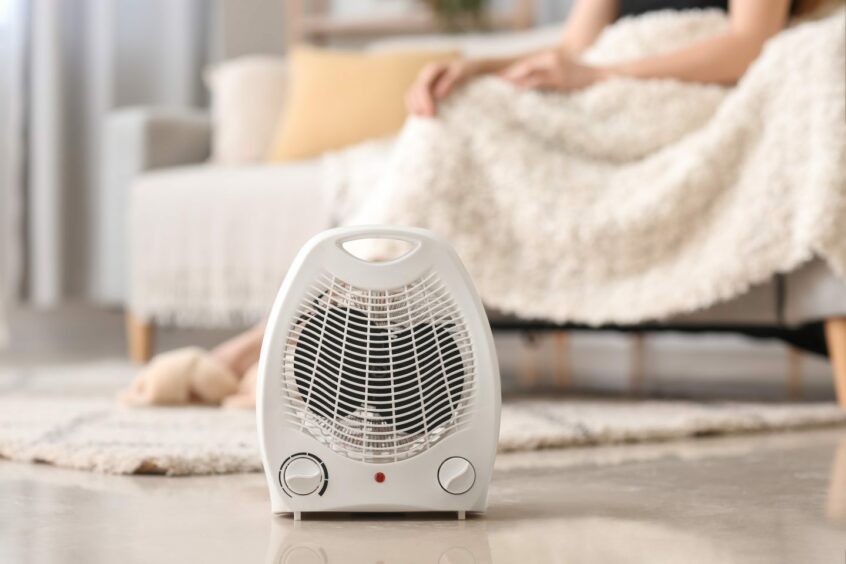
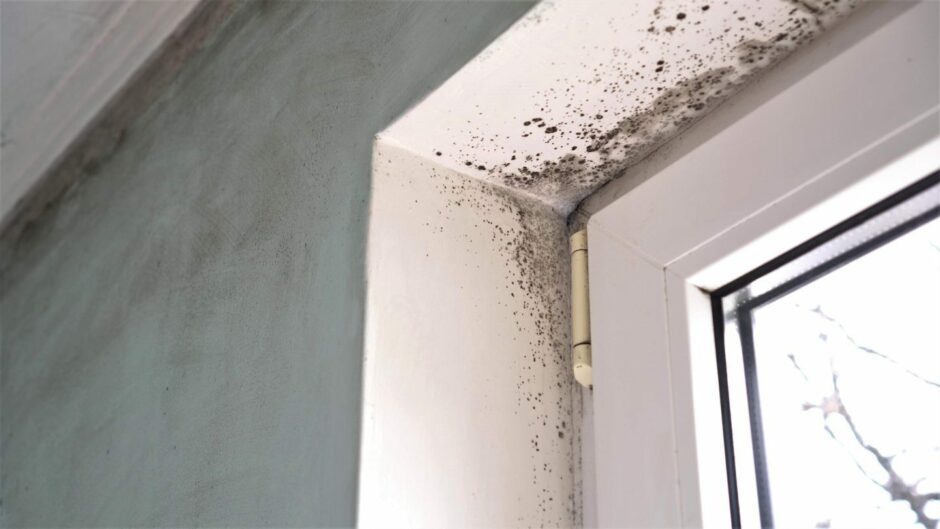
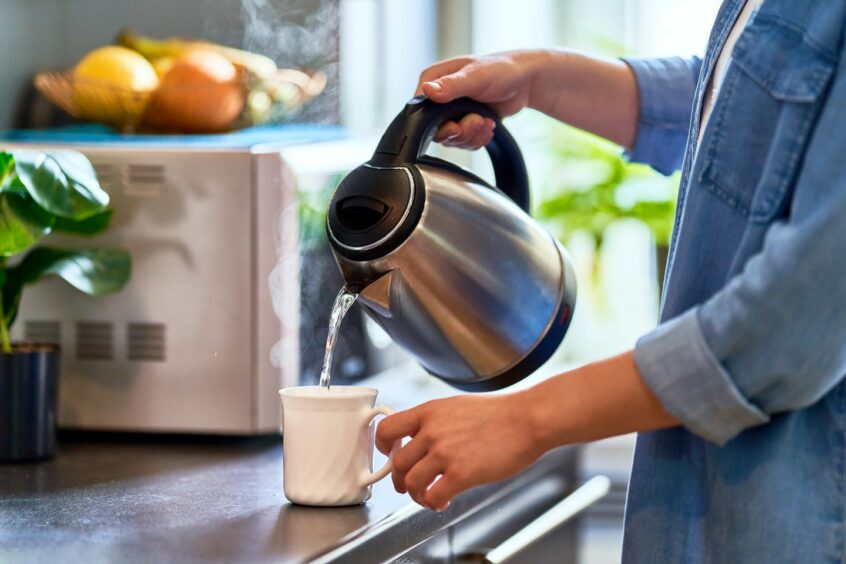




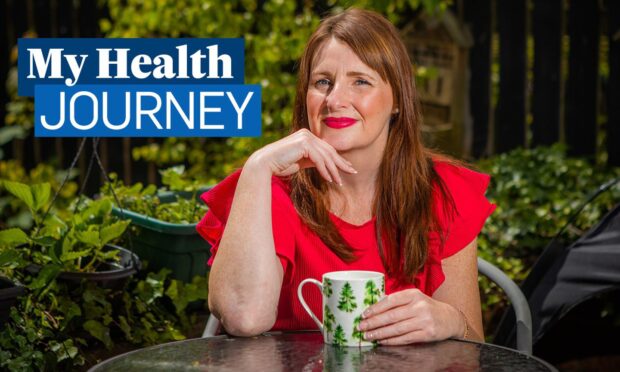
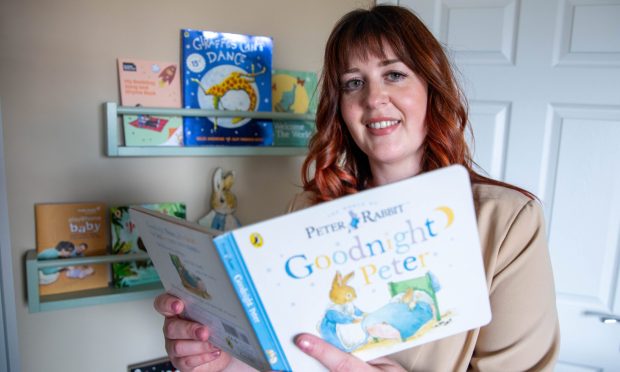




Conversation